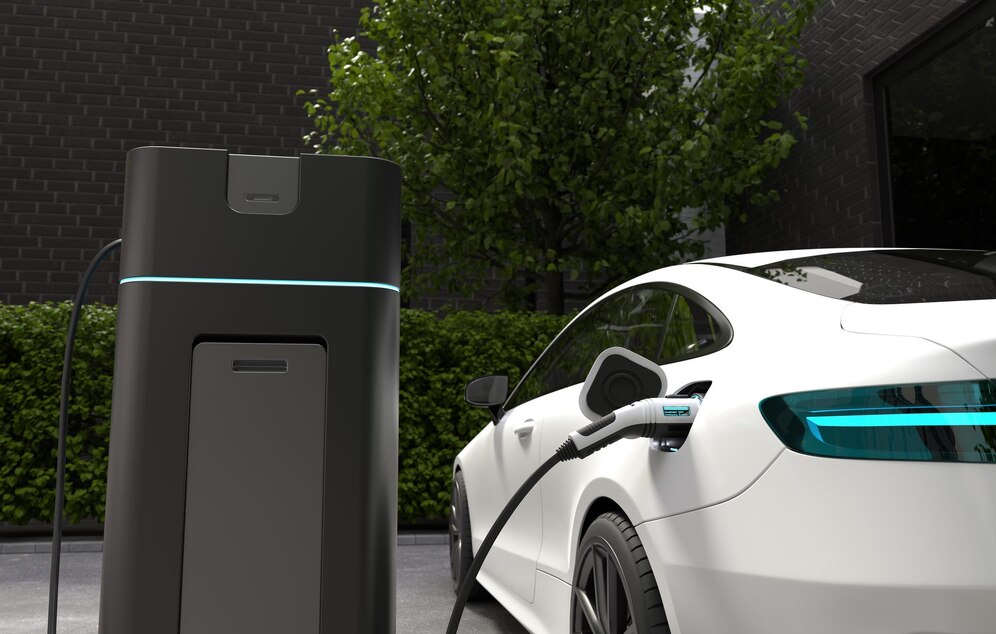Tesla Superchargers are renowned for their ability to deliver fast, reliable charging for electric vehicles. However, some Tesla owners have reported slower-than-expected charging speeds, leaving them wondering, “Why is the Tesla Supercharger slow?”
In this article, we’ll dive deep into the factors that can slow down your Tesla Supercharger experience, provide actionable tips to optimize charging speeds, and explore how Tesla is addressing these challenges. Whether you’re a seasoned EV owner or new to the Tesla ecosystem, this guide will equip you with the knowledge to maximize your charging efficiency.
Understanding Tesla Supercharger Speeds
Tesla Superchargers are designed to deliver rapid charging, with some stations capable of providing up to 250 kW of power. This means you can add up to 200 miles of range in just 15 minutes under optimal conditions. However, several factors can impact charging speeds, leading to slower performance.
Common Reasons Why Your Tesla Supercharger Might Be Slow
1. Battery State of Charge (SoC)
Tesla’s charging speed is not constant. It follows a charging curve, which means the speed decreases as the battery fills up. For example:
- 0-20% SoC: Maximum charging speed (up to 250 kW).
- 20-80% SoC: Gradual reduction in speed.
- 80-100% SoC: Significant slowdown to protect battery health.
Actionable Tip: To save time, charge your Tesla to 80% at Superchargers and complete the remaining charge at home or your destination.
2. Temperature Extremes
Batteries are sensitive to temperature. Cold weather can slow down chemical reactions within the battery, reducing charging speeds. Similarly, extremely hot conditions can trigger thermal management systems, which also slow charging to prevent overheating.
Actionable Tip: Precondition your battery by navigating to a Supercharger using your Tesla’s built-in navigation system. This warms up the battery for optimal charging.
3. Shared Supercharger Stalls
Tesla Superchargers often share power between adjacent stalls. If another vehicle is charging next to you, it can split the available power, reducing your charging speed.
Actionable Tip: Choose a stall that’s not adjacent to another charging vehicle to maximize your speed.
4. Older Supercharger Hardware
Not all Superchargers are created equal. Older V2 Superchargers (120-150 kW) are slower than the newer V3 Superchargers (up to 250 kW).
Actionable Tip: Use the Tesla app or in-car navigation to locate V3 Superchargers for faster charging.
5. High Supercharger Utilization
During peak hours, Supercharger stations can become crowded, leading to slower speeds due to increased demand on the power grid.
Actionable Tip: Plan your charging sessions during off-peak hours to avoid congestion.
How Tesla Is Addressing Supercharger Speed Issues
Tesla is continuously innovating to improve charging infrastructure and address user concerns. Here’s what they’re doing:
- Expanding V3 Supercharger Network: Tesla is rapidly deploying V3 Superchargers, which offer faster charging speeds and better efficiency.
- Battery Technology Advancements: Newer Tesla models feature improved battery chemistry and thermal management systems, enabling faster and more consistent charging.
- On-Site Energy Storage: Some Supercharger stations now include Tesla Megapacks, which store energy during off-peak hours and release it during peak demand, ensuring consistent charging speeds.
Comparison Chart: Tesla Supercharger Speeds
| Factor | Impact on Charging Speed | Solution |
|---|---|---|
| Battery SoC | Slows as battery fills | Charge to 80% at Superchargers |
| Temperature Extremes | Reduces speed | Precondition battery before charging |
| Shared Stalls | Splits power | Choose non-adjacent stalls |
| Older Hardware | Limited to 120-150 kW | Use V3 Superchargers |
| High Utilization | Congestion slows charging | Charge during off-peak hours |
Practical Tips to Maximize Your Tesla Supercharger Experience
- Plan Ahead: Use the Tesla app to locate Superchargers along your route and check real-time availability.
- Precondition Your Battery: Always navigate to a Supercharger using your car’s system to warm up the battery.
- Avoid Peak Hours: Charge during off-peak times to avoid congestion and ensure faster speeds.
- Upgrade Your Model: If you’re using an older Tesla, consider upgrading to a model with faster charging capabilities.
Conclusion: Take Control of Your Charging Experience
While Tesla Superchargers are designed for speed, several factors can impact their performance. By understanding these factors and implementing the tips outlined in this article, you can ensure a faster, more efficient charging experience.










